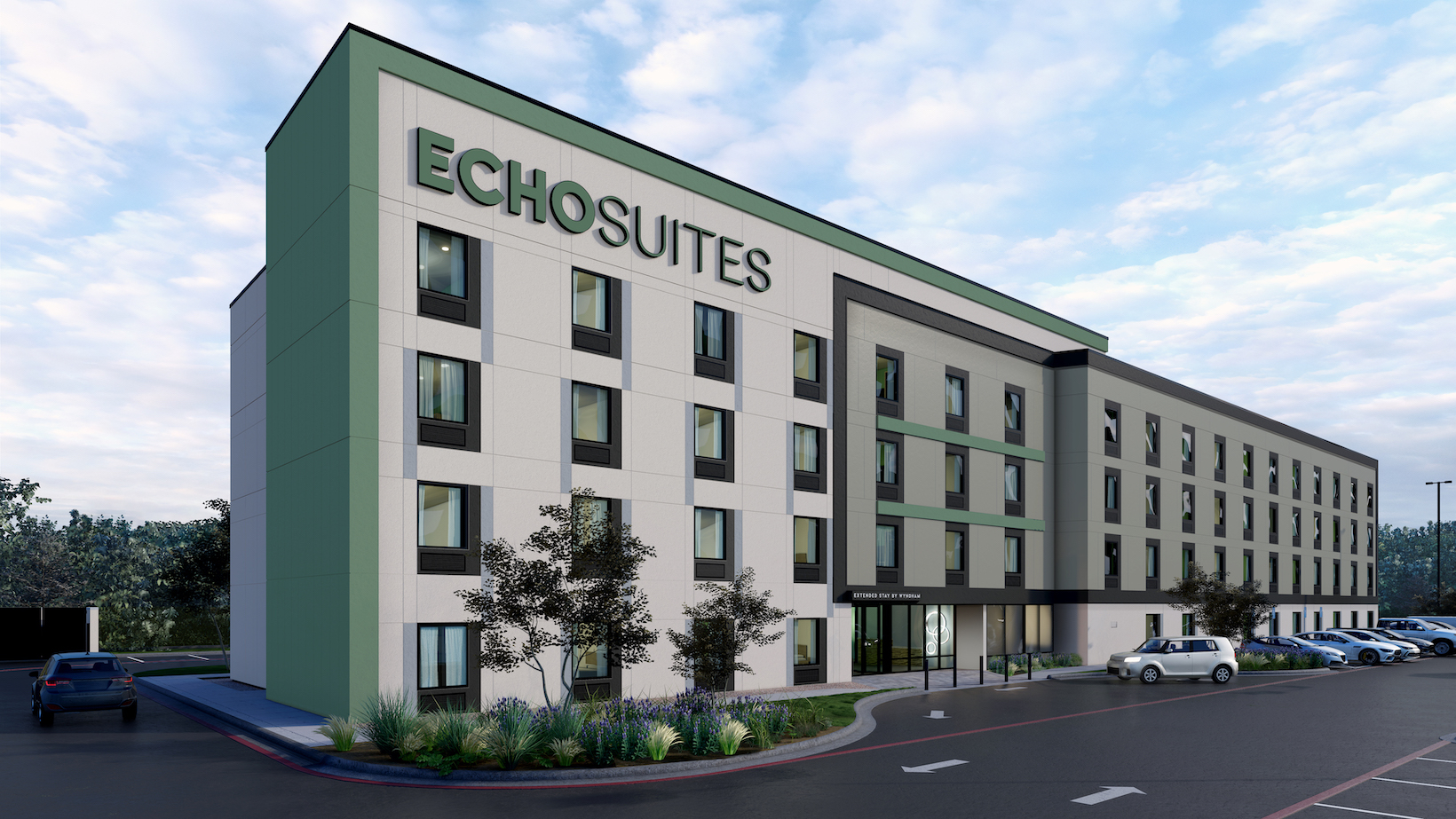What Are the Accessibility Requirements for Canadian Hotels?
Become a MasterBUILT insider

- Community Impacts
What Are the Accessibility Requirements for Canadian Hotels?
Whether living with mobility, vision or hearing challenges, or other impairment, Canadians with disabilities are committed to experiencing life to its fullest. This includes traveling to this great country as tourists.
According to Statistics Canada, one in five Canadians (22% of the population) live with a disability. This includes a growing segment of the population that is experiencing mobility issues as they age, with 20.6% of Canadians over 65 reporting mobility issues.
Yet in a country that has established laws in place to prevent discrimination against the disabled, surprisingly, there is not a national policy in place dictating what requirements hotels must follow to accommodate those with special needs.
Instead, accessibility requirements for Canadian hotels are determined by Provincial/Territorial regulations and building codes. Rather than adapting hotel designs across 10 provinces and three territories, many hotel brands take a proactive approach and build all hotels to cater to disabled travellers. This is generally done at the franchise level.
A wide range of standards
Ontario has been a leader in setting accessibility requirements for the hospitality sector. The province enacted legislation in 2001 and has actively partnered with disability advocates and the Ontario Restaurant Hotel and Motel Association (ORHMA) to set accessibility standards.
The Ontario Building Code was amended to require that at least ten percent (10%) of hotel rooms must be barrier-free for guests with physical disabilities. This requirement is capped at 20 rooms, although hotels are free to go above and beyond.
Other provinces have followed Ontario’s lead to varying degrees. Manitoba introduced a Customer Service Standard to accessibility legislation in 2014. BC, Alberta and Nova Scotia are among provinces that are working with industry and stakeholders to set policies.
In 2017 the Federal Government began consultations to explore potential changes to the Canadians with Disabilities Act.
Americans With Disabilities Act has set standards for North American chains
Accessibility requirements for Canadian hotels are largely influenced by guidelines in the USA.
The reason?
Canada’s largest and most recognized hotel brands are American-owned, with the majority of North American properties serving the much larger market south of the border.
The Americans With Disabilities Act (ADA) requires hotels, motels, inns and other places of lodging designed or constructed after 1993 to meet specified standards for Accessible Design.
The American Hotel and Lodging Association and its members have supported ADA initiatives as part of an overall goal to provide a welcoming experience where all guests can enjoy a hotel’s services and amenities.*
Top brands such as Wyndham and Marriot design their hotels to meet ADA guidelines. Generally, these brands will use their American design standard as the blueprint for Canadian hotel properties.
For the hotel, this is not only good for business – it makes good economic sense. Standardizing builds reduces the costs involved in customizing hotels for individual provincial and state regulations.
For example, all Microtel Inns and Suites by Wyndham in Canada mirror US properties and follow a modular design package.
All properties include wheelchair ramps, handicapped parking, wider entranceways and swimming pool lifts to help disabled guests get in and out. Each next-generation Microtel sets aside dedicated rooms to provide enhanced accessibility, with roll-in showers, lower countertops and furniture, and more.
Ensuring your hotel meets Canadian and provincial accessibility requirements
As we mentioned, accessibility requirements for Canadian hotels are not guided by national regulations and are instead set provincially.
No matter which province you are building in, the representatives of your hotel brand will be able to provide the necessary guidance to ensure your property meets local accessibility requirements. If working with a North American chain, most of the requirements will already be incorporated.
Organizations, such as Voice of Albertans with Disabilities, have been strong advocates to broaden accessibility requirements to go above the basics and to account for a wider range of challenges that act as barriers to those with disabilities. Things most of us may not consider.
At the end of the day, designing a hotel to meet the needs of those with disabilities shouldn’t be dictated by legislation. It should be guided by the desire to be a socially responsible business that caters to the needs of all customers. It’s all about providing a greater customer experience – for all guests.
* Much of this information was garnered from a detailed report from the Voice of Albertans with Disabilities, entitled: Creating Accessible Hotels in Alberta Current Practice, Accessibility Tools, and Recommendations for Action.
OTHER ARTICLES YOU MAY LIKE
-
December 4, 2023
MasterBUILT is bringing ECHO Suites Extended Stay by Wyndham to Canada
We are pleased to announce that MasterBUILT® Hotels has been selected as the Canadian Master Territorial Development partner for Wyndham Hotels and Resorts' newest North American hotel brand: ECHOSM Suites Extended Stay. By bringing ECHO Suites to Ca…
read more -
October 31, 2022
The Advantages of Outsourcing Hotel Management to Your Franchise Partner
There is a common misconception that if you’re outsourcing work you could be doing internally, you’re simply taking money out of your own pocket. The truth is, in any business, you need to play to your strengths. This is particularly relevant in t…
read more -
August 16, 2022
4 Make or Break Questions Every Hotel Investor Needs to Ask
Investing in a long-term real estate asset like a hotel isn’t a decision one takes lightly. The cost of a mid-scale hotel is significant: ranging from $10-$20 million (Cdn). So, assume you’ve found a hotel brand and property that checks all of you…
read more











